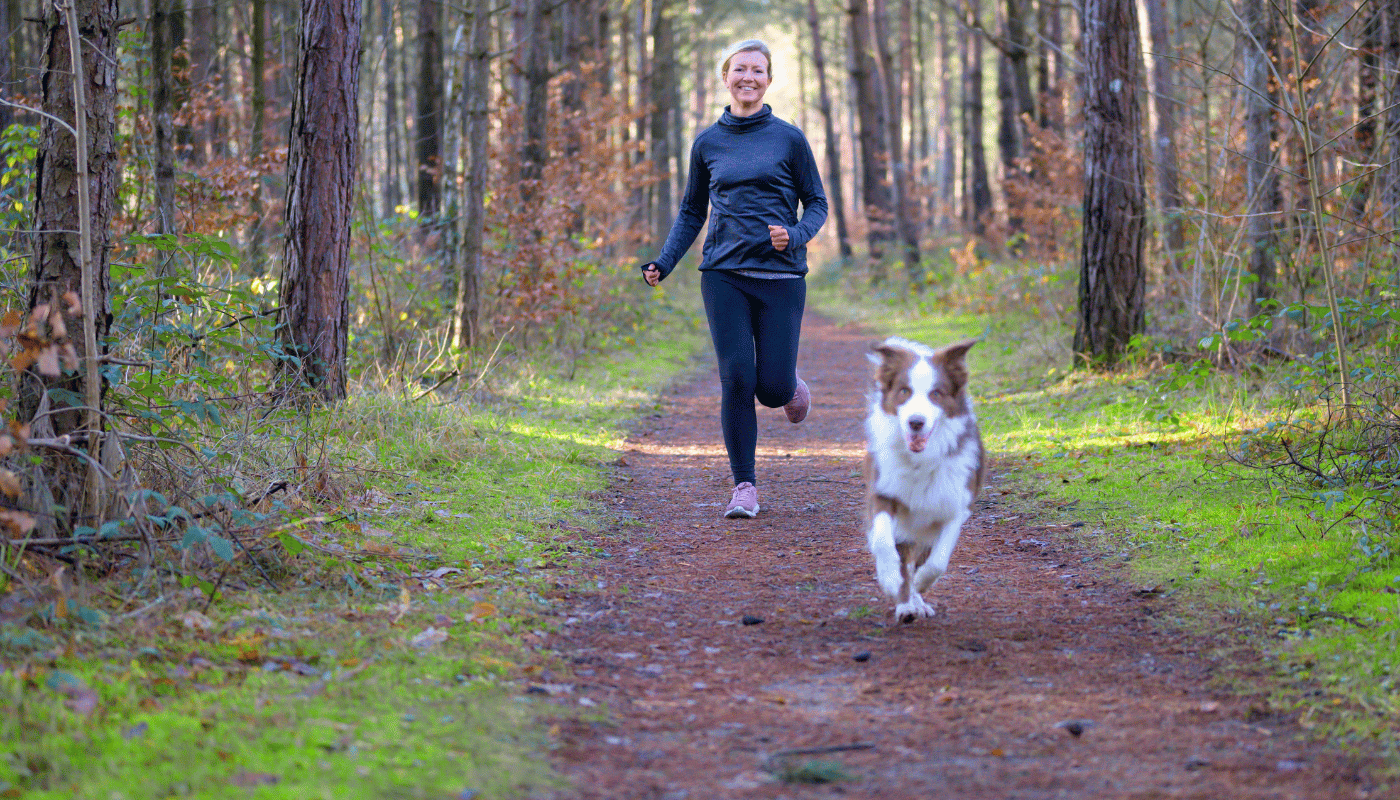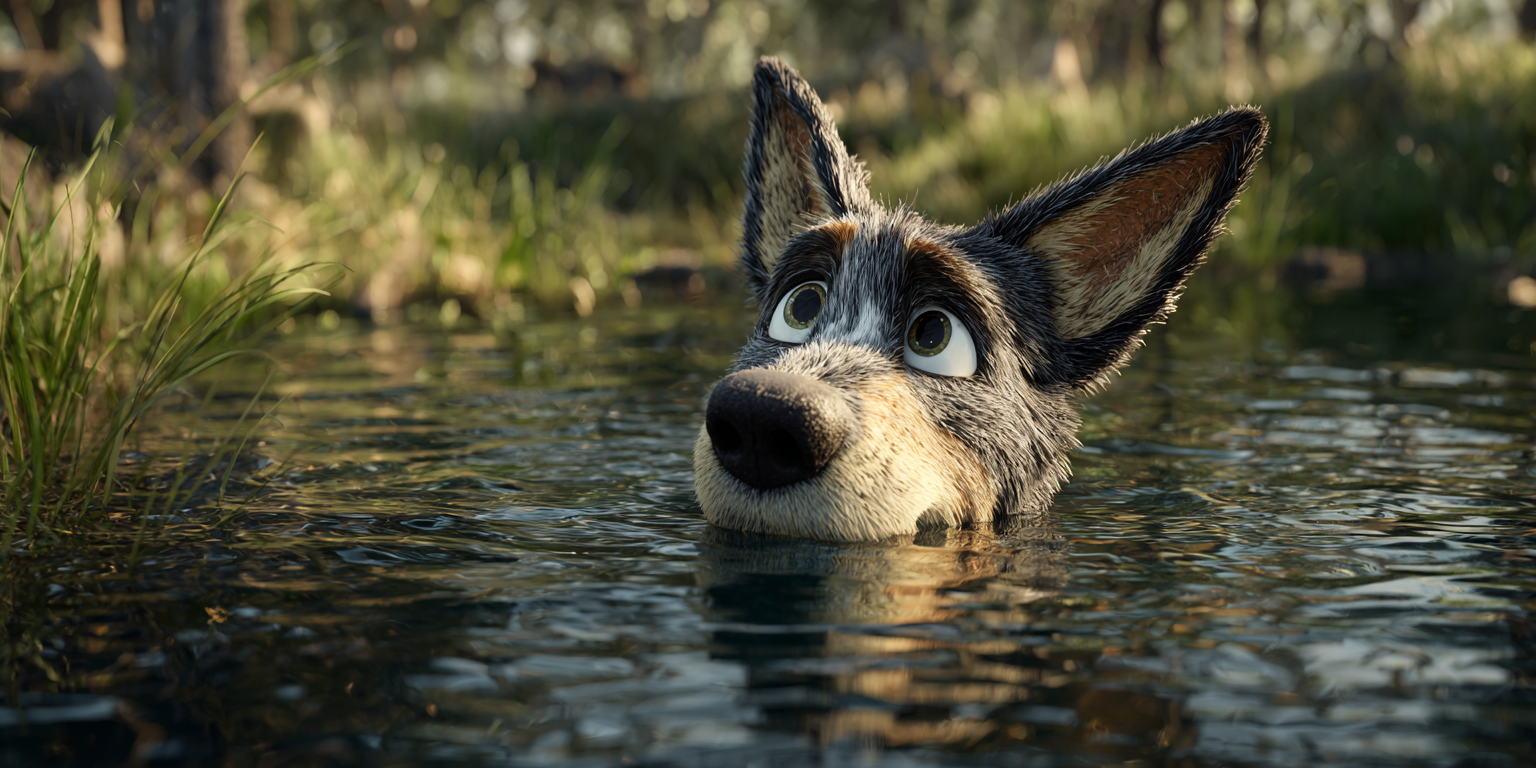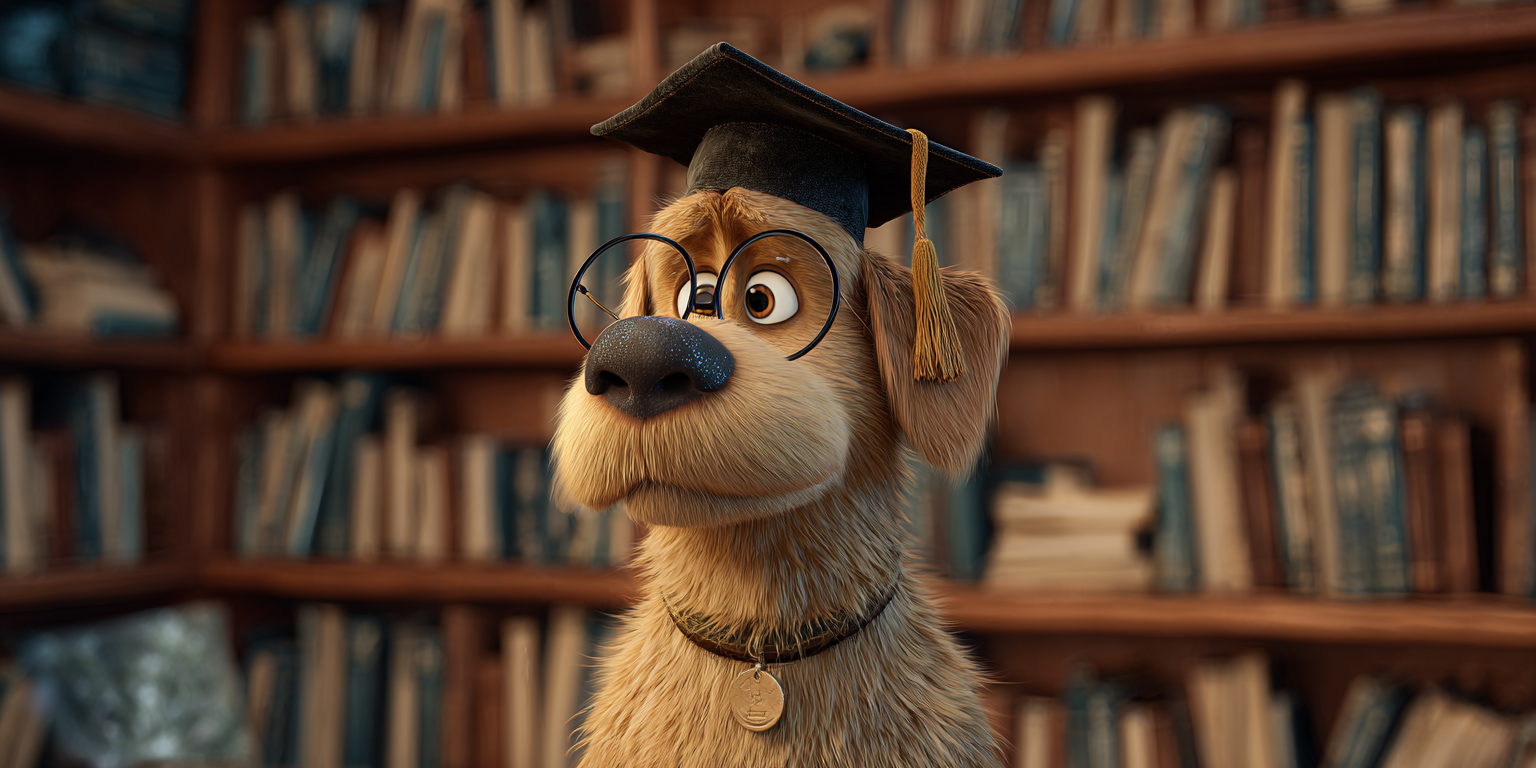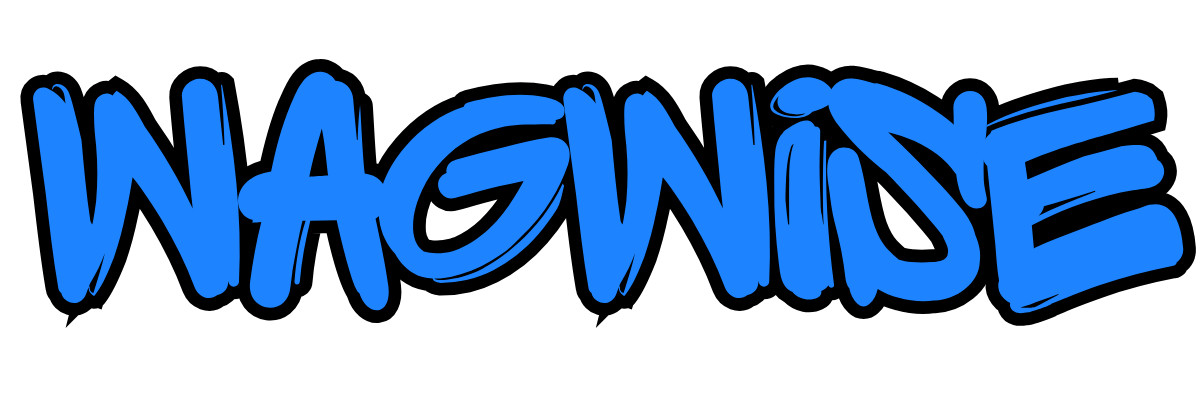Meeting Your Dog’s Needs in a Busy Lifestyle
Time Commitment & Daily Exercise: Meeting Your Dog’s Needs in a Busy Australian Lifestyle

Owning a dog is one of life’s greatest joys.
Their wagging tails, goofy grins, and unconditional love bring immeasurable happiness to millions of Australians. But behind every loyal companion is a need often underestimated by first-time (and even seasoned) dog owners: time.
Dogs require more than food, water, and cuddles. They need daily exercise, mental stimulation, and quality interaction with their human companions to thrive. Unfortunately, in the rush of modern life—filled with work, family obligations, long commutes, and endless errands—it’s easy for even the most devoted dog owner to fall short.
This article takes a deep dive into the time commitment and daily exercise needs of dogs in Australia. We’ll explore why it matters, what happens when dogs don’t get enough attention, and how you can realistically meet your dog’s needs—even with a hectic schedule.
Why Time and Exercise Matter for Dogs
Dogs are social, intelligent, and active animals.
Whether you’ve got a Border Collie in Brisbane or a Cavoodle in Canberra, your dog relies on you to meet their physical and emotional needs every single day.
Dogs Need:
- Daily physical activity (walks, fetch, agility, swimming)
- Mental stimulation (training, puzzle toys, sniffing games)
- Social interaction (with humans and other dogs)
- Rest and routine
Without these, dogs can become:
- Bored
- Anxious
- Destructive
- Overweight
- Depressed
In other words, skipping walks or underestimating the time needed for engagement doesn’t just make a dog restless—it can lead to serious behavioural and health issues.
How Much Daily Exercise Does a Dog Really Need?
Exercise needs vary based on breed, age, health, and temperament, but most adult dogs need at least 30–60 minutes of physical activity per day.
General Exercise Guidelines:
| Dog Type | Minimum Daily Exercise |
|---|---|
| Toy Breeds (e.g. Chihuahua, Pomeranian) | 20 - 30 minutes |
| Small Breeds (e.g. Cavoodle, French Bulldog) | 30 - 45 minutes |
| Medium Breeds (e.g. Kelpie, Staffy) | 60 - 90 minutes |
| Large/Working Breeds (e.g. Border Collie, Lab, Husky) | 90 - 120+ minutes |
| Senior Dogs | 20 - 60 minutes (gentle walks, low-impact play) |
| Puppies | Short, frequent bursts + training |
Remember—mental stimulation counts, and often tires a dog out faster than physical activity alone.
Mental Exercise: A Vital (Often Overlooked) Need
It’s not just about burning energy.
Dogs need to think, solve problems, and learn. Mental enrichment reduces stress and curbs bad behaviours just as effectively as a long walk.
Ideas for Mental Stimulation:
- Food-dispensing toys (Kongs, Lickimats)
- Snuffle mats and nose work games
- Basic training and trick sessions
- Agility courses or obstacle play
- Hide and seek with treats
- Interactive puzzle toys
Many Aussie dog owners report that 15 minutes of focused mental stimulation calms their dog more than a 30-minute walk.
The Time Reality of Dog Ownership in Australia
The average Aussie full-time worker spends around 40+ hours per week at work, not including commuting or family responsibilities.
Add in school runs, errands, and social obligations, and suddenly, even finding 30 spare minutes a day feels challenging.
Common Challenges:
- Long workdays or shift work
- Kids’ school and sporting activities
- Exhaustion at the end of the day
- Limited daylight in winter
- Apartment or townhouse living with no yard
- Travel or weekend getaways
Despite the best intentions, dogs are often left alone for 8–10 hours a day, and their only outlet is a quick toilet break in the backyard.
For high-energy or social breeds, this can be emotionally devastating.
Consequences of Neglecting Exercise and Attention
A dog left unstimulated or under-exercised can develop behavioural problems, including:
- Excessive barking or howling (leading to neighbour complaints)
- Chewing furniture, shoes, or walls
- Digging holes in the garden
- Jumping up or hyperactivity
- Separation anxiety
- Aggression or reactivity
- Weight gain and joint issues
These behaviours are not signs of a “bad dog”—they’re signs of a bored, frustrated, and under-stimulated one.
Time-Saving Solutions for Busy Aussie Dog Owners
The good news?
You don’t need to quit your job or cancel your plans to give your dog a fulfilling life.
With planning, creativity, and the right support, you can meet your dog’s needs without burning out.
1. Break It Up
You don’t need to do one long session.
Split activity into short 10–15 minute bursts throughout the day:
- A quick sniffari walk in the morning
- A lunchtime game of tug or fetch
- A puzzle toy or chew in the afternoon
- A training session or second walk in the evening
2. Enlist Help
- Dog walkers: Hiring a local dog walker 2–3 times a week can make a huge difference.
- Doggy daycare: Many Aussie suburbs now have reputable daycare centres that offer play, socialisation, and supervision.
- Neighbourhood swap: Team up with a friend or neighbour who has a dog and rotate care duties.
- Pet-sitters or family: When you're away for a day or overnight, organise someone to visit your dog.
3. Use Enrichment Tools
- Leave a frozen Kong before you leave for work
- Use treat balls, snuffle mats, or interactive feeders
- Rotate toys to maintain interest
- Create indoor obstacle courses or scavenger hunts
4. Train While You Cook or Watch TV
Multi-tasking works wonders. Practice sit, stay, or shake while waiting for dinner to cook. Hide treats around the lounge room during your favourite TV show.
5. Make Weekends Count
Use weekends to:
- Explore dog-friendly beaches, bushwalks, or parks
- Take longer walks
- Try a new activity like agility, obedience classes, or scent work
- Socialise with other dogs and humans
Dogs benefit from novelty, just like humans.
Breed-Specific Considerations
Some dogs require more time and attention than others.
If you’re short on time, low-maintenance breeds like Greyhounds, Cavoodles, or older rescue dogs may suit you better than high-energy working breeds like Border Collies or Belgian Malinois.
Before getting a dog, consider:
- Your typical weekly schedule
- Who else can help care for the dog
- Whether your lifestyle allows for training, exercise, and downtime together
Adopting a dog is a commitment—not just financially, but emotionally and physically.
Time Commitment by Life Stage
| Life Stage | Time Needs Per Day | Focus |
|---|---|---|
| Puppy (8 weeks - 6 months) | 2 - 4+ hours | Toilet training, socialisation, short play |
| Adolescent (6 - 18 months) | 1.5 - 3 hours | Daily walks, behaviour training |
| Adult (2 - 7 years) | 1 - 2 hours | Exercise, enrichment, social play |
| Senior (8+ years) | 30 - 90 minutes | Gentle walks, companionship |
Even older dogs need attention—don’t assume they can be left alone all day without stimulation.
Balancing Dog Ownership With Work and Life
Morning Routine:
- 15–30 min walk or sniffing session
- Feed breakfast in a puzzle feeder
- Quick cuddle or training before heading out
During the Day (if possible):
- Ask a neighbour or dog walker to visit
- Leave an enrichment toy or puzzle
- Provide visual stimulation (window view, bird feeder outside)
Evening Routine:
- 30–45 min walk or backyard play
- Dinner, grooming, and cuddles
- Gentle training or massage before bed
Dogs thrive when they feel part of the pack—your pack.
The Emotional Side: Guilt and Burnout
Many dog owners feel guilty when they can’t give their dog the time they know they need.
The sight of your dog’s sad face as you leave for work can tug at the heartstrings.
But remember:
- Doing your best matters.
- Dogs are adaptable—what they need is routine, love, and stimulation, not perfection.
- Making small, consistent improvements goes a long way.
If you're constantly overwhelmed, talk to a vet or dog behaviourist about realistic strategies or consider services like doggy daycare.
Final Thoughts: Dogs Deserve Our Time
Time is one of the most precious gifts we can give our dogs.
It’s not about long hikes or elaborate games every day—it’s about connection, stimulation, and consistency.
Even in our fast-paced Aussie lives, with proper planning, a little help, and creative thinking, we can meet our dogs’ physical and emotional needs. And when we do, the rewards are immeasurable: a happy, well-adjusted dog and a bond that enriches every day of our lives.
Because in the end, dogs don’t care about designer beds or fancy collars.
They care that you’re there, present, and part of their world—even if just for a few intentional moments each day.




